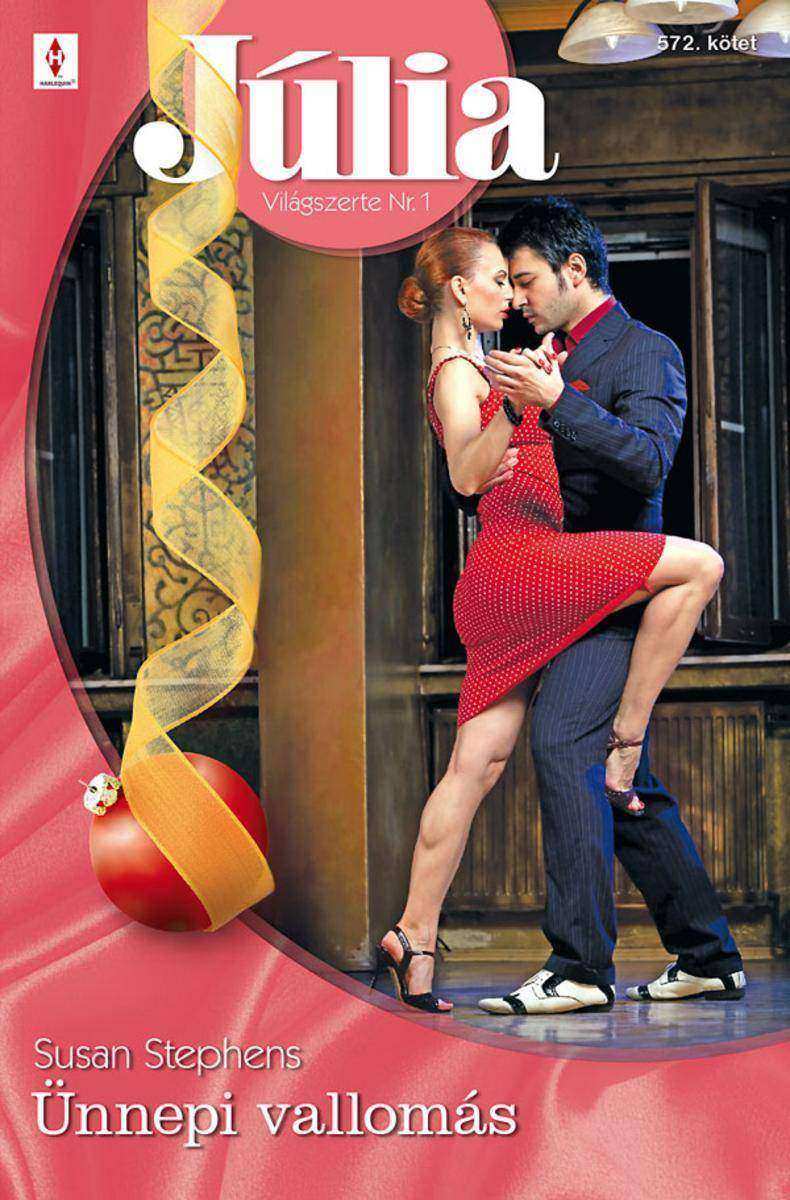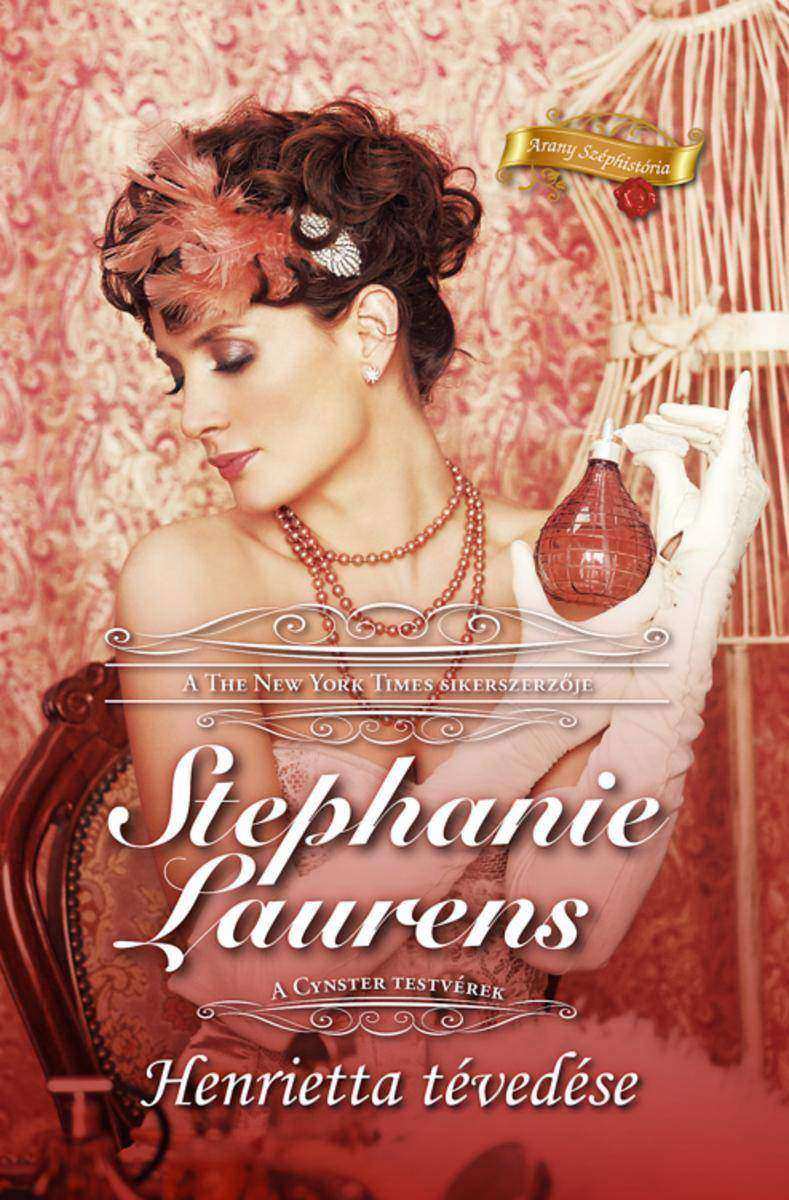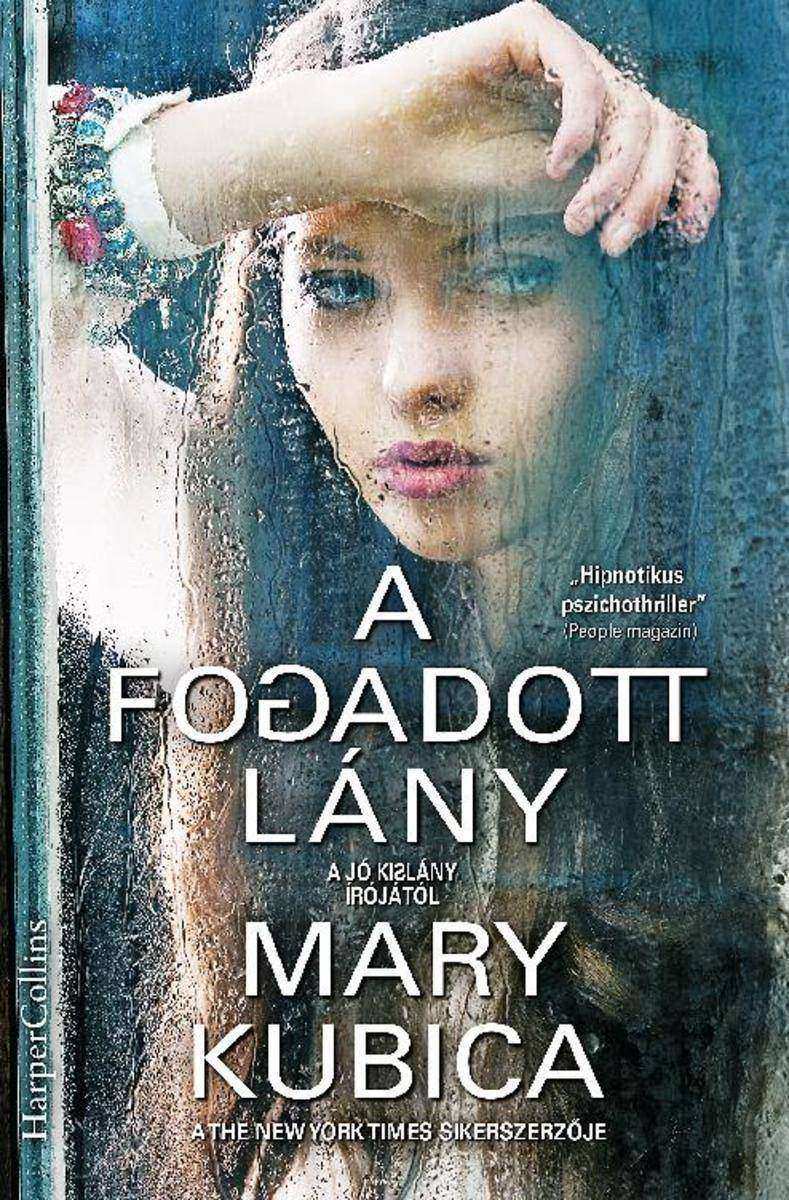
Júlia 539. (?rzéki illatok)
¥18.56
Júlia 539. (?rzéki illatok)

Júlia kül?nszám 58. k?tet
¥42.92
Júlia kül?nszám 58. k?tet

Júlia 535. (Trón vagy szerelem?)
¥18.56
Júlia 535. (Trón vagy szerelem?)

Júlia kül?nszám 55. k?tet
¥42.92
Júlia kül?nszám 55. k?tet

Szívhang 457. (Mikulás doktor)
¥18.72
Szívhang 457. (Mikulás doktor)

Júlia 519. (?t plusz egy esküv?)
¥18.72
Júlia 519. (?t plusz egy esküv?)

Júlia 516. (Egyetlen éjszakára)
¥18.72
Júlia 516. (Egyetlen éjszakára)

Romana 504. (Ameddig a takaród ér)
¥18.72
Romana 504. (Ameddig a takaród ér)

Kék szempár, édes ajkak/ A szívtipró visszatér
¥37.36
Kék szempár, édes ajkak/ A szívtipró visszatér

?nnepi vallomás
¥18.56
nnepi vallomás

Egy hónap az élet?/ Sz?l?, bor, szerelem
¥37.20
Egy hónap az élet?/ Sz?l?, bor, szerelem

Honnan fúj a szél?
¥18.56
Honnan fúj a szél?

T?bbé nem eresztlek
¥18.56
T?bbé nem eresztlek

Csillagfény a szemedben
¥18.56
Csillagfény a szemedben

Fogadj el!
¥18.56
Fogadj el!

Mindenjó, ha vége jó/ Szex az exszel/ Az elvarázsolt kastély
¥40.55
Mindenjó, ha vége jó/ Szex az exszel/ Az elvarázsolt kastély

Júlia 573. (Hogyan t?rténhetett?)
¥18.56
Júlia 573. (Hogyan t?rténhetett?)

Henrietta tévedése
¥74.56
Henrietta tévedése

A fogadott lány
¥100.47
A fogadott lány

Féltve ?rz?tt titok
¥18.74
Féltve ?rz?tt titok

Romana 423. (Pompeji szerelmesek)
¥18.74
Romana 423. (Pompeji szerelmesek)




 购物车
购物车 个人中心
个人中心



